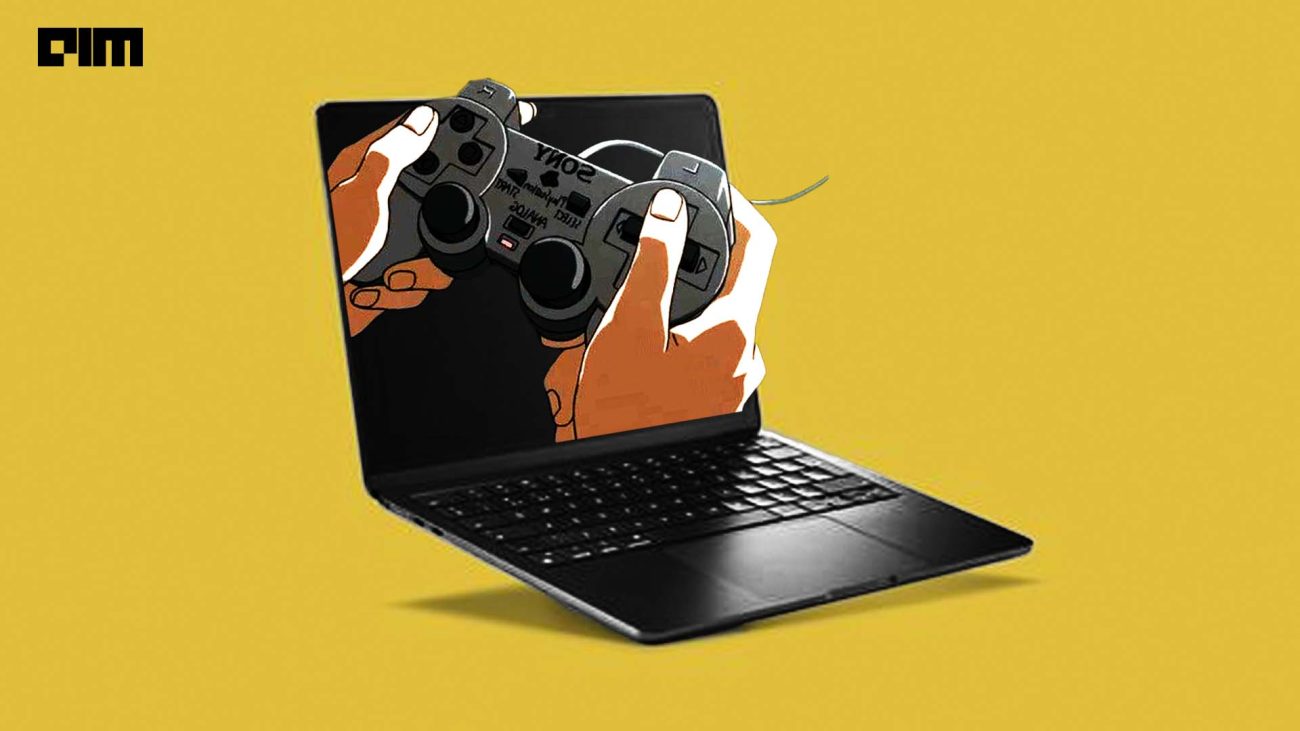As has happened with almost all areas of our life, technology came to change forever, also education. Being one of the most rigid industries in society, it is not entirely easy for the changes that are taking place to take shape in the short or medium term. However, the technological revolution of recent decades, and especially the advances of recent years, provide a good number of tools that, well used, can be very useful for educational purposes.
Video games, applications and platforms to solve tasks or communication with parents, flexible spaces that adapt to the needs of increasingly collaborative work and even robots that correct tests and send feedback almost in real time are some of the many changes that are being implemented and that are coming, here and in the world.
In this article, we will talk about the main lines within the evolution of the educational system, among which we can highlight the following:
1. “The leading boys”
This is the great premise from which almost all technological changes in education emerge. The model of the boy sitting on a bench with a teacher who explains how things are out of date. Not only because kids have so many answers to their questions and unlimited information at hand on the Internet, but because their minds need to be constantly stimulated. The idea of solving problems that challenge them, applying concepts from the curriculum, is much more compelling than sitting as passive subjects.
2. From teacher to facilitator
The roles of student / teacher are modified, the latter becoming more of a coach-facilitator-moderator than a subject who transmits knowledge to others. In fact, this knowledge tends to be built collaboratively and is not approached from the individual.
3. Flipped classrooms
This model of inverted classes is a trend in the world and it is used in an exceptional way. The focus of teaching changes: instead of prioritizing the presentation of the teacher in the classroom and sending homework for them to put into practice, the boys watch the theoretical explanation of the topics at home through videos, and it is in the class where they apply that knowledge through exercises and proposals. In this way, video platforms make class time better used.
4. New paradigm and new spaces
Collaborative and team learning, the emergence of screens in the classroom and project work bring about a resounding change in both the furniture and the arrangement of the learning spaces, as well as in the infrastructure of advanced institutions. Some schools no longer have computer rooms, as mobile devices bring technology to where students go, and special rooms are reserved for multimedia, video editing and graphic design labs. Others, on the other hand, transform what were the computer rooms into makers spaces where “doing” is the boss and digitized classrooms that have 3D printing, scanners, robotics and even virtual reality.
Virtual reality is not only used to experience video games with greater intensity or to have exaggeratedly realistic experiences.
One of the uses that is being given is, for example, for linguistic immersion. Sometimes we cannot travel as much as we would like and, therefore, we do not practice other languages continuously. Thanks to this technology, the software is being developed to be able to speak with native people of the destination country. It can also be used to learn about countries, to know the scenes of historical passages or to know other cultures almost in situ.
In many cases, the classrooms themselves are made more flexible, allowing them to be expanded to integrate them with other grades, to move tables to set up authentic community spaces and to take them apart. In this way, jobs can be developed in the same course that require some students to be at tables, others on beanbags browsing digital tablets, and others on mouse tables using other devices.
In addition, one of the most revolutionary uses is that it can be used for medical students to have help when performing virtual operations and thus practicing. If this type of technology did not exist, they could not practice until they were in a real situation.
5. Learn to learn and manage your own schedule
Children are prepared to learn, providing them with lifelong skills to solve different types of problems, such as critical thinking, metacognition (understanding the thought processes that are occurring), deduction and inference, among others; in a context in which self-learning is constituted as a central and growing trend hand in hand with the explosion of MOOCs (massive open online cou rses, which are already offered by many universities) and at a time when knowledge is all the time at hand (through tutorials, videos and e-learning).
We have a long list of LMS or management systems (Google for Education, Moodle, Blackboard, Canvas, Claroline, Sakai, Dokeos, etc.) both private and open source that help us diversify our choices , as well as many and varied technological trends (augmented reality, gamification, 3D printing, virtual reality, MOOC, programming, robotics, etc.), and countless educational APPs (Kahoot, Classcraft, Duolingo, ClassDojo, video2brain, Make it, etc.) that facilitate the application of teaching methodologies that promote experiential and meaningful learning, making students the main protagonist of their teaching-learning process.

6. Personalized learning
Although the tendency is to work in a collaborative mode, in parallel there is a personalization of teaching according to the level and interests of each student. This is achieved thanks to the systematization of the information of the students hand in hand with what are the “learning analytics”, by apps and platforms where teachers can have a detailed record of each student and share it with their peers, and dashboards or dashboards, which allow you to see where each student is located within the learning process and with respect to the general group.
7. Curriculum
The textbook, the encyclopedia and the notebooks coexist with screens and digital devices. And, although both formats are likely to persist for some time, the truth is that the trend is that there are fewer and fewer encapsulated supports, which tend to homogenize in printed and linear formats, to give rise to curriculum translations and platforms that propose new ways of presenting educational content in a personalized way.
8. Goodbye to excuses
It is likely that this practice that has left us so many anecdotes is being left behind from now on. It happens that today many schools handle communication with parents through apps that report grades, schedule changes, homework, student information and, yes, absences, that precious asset that we had the power to handle with discretion.
Additionally, artificial intelligence is destined to have a huge impact on learning models. It can be used to automate the grading of assignments, texts and student assessments, drastically reducing the workload. Unlike teachers, an artificial intelligence system can also provide personalized attention to an unlimited number of students, helping to provide the ideal personalized education.
At first, this may sound like science fiction; however, there are already approaches to this technology. Virtual learning assistant uses artificial intelligence, machine learning, and natural language processing to provide individual tutoring. When a student is taught a concept, they are able to converse with her, ask questions and answer open-ended questions, and give an instant response. It even assesses the student’s work, providing accurate evaluation data.












































































